The turning point in a typical career happens at 42.5 years of age
Relationship between middle-aged and senior regular employees and growth
Release Date 12/14/2017
※This article is a machine translation.

The results of a fact-finding survey conducted by us that looked at the growth of 10,000 working individuals in 2017 revealed that the gap between growth orientation and actual experience was gradually increasing and that the number of workers who were not experiencing actual growth as expected was rather high in those aged between 45 and 59. This column will outline the characteristics of growth attitudes and workers’ views on their careers with regular employees 40 years of age and older constituting a cohort of middle-aged and senior workers.
Graph [1] (in %)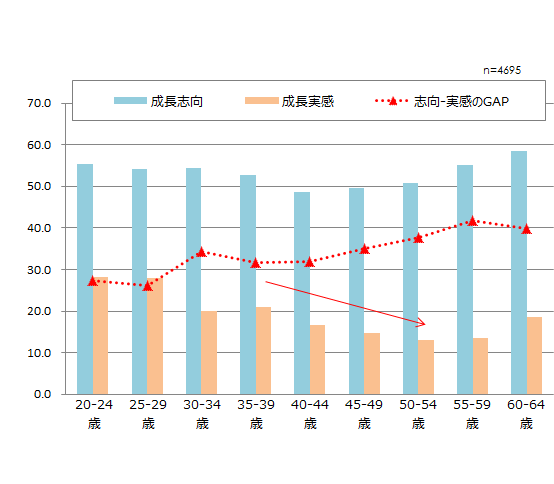
First of all, the blue bar for “growth orientation” drops slightly in the early 40s, and then starts to rise gradually. This shows that it is not just the young who think that “growth is important” in their work. However, on the other hand, the orange bar for “growth perception” drops significantly from the 40s to the 50s. When comparing the top two values for the sense of growth, the 35-39 age group was 21.0%, and the 50-59 age group was 13.0%, which is less than two-thirds of the total.
As a result of this, the “gap between growth orientation and actual growth” is gradually increasing in the 45-59 age group. In other words, this suggests that the issue of “not being able to actually feel growth as you would like” is a significant problem for this age group. Therefore, in the following section, we will refer to the age group of 40 and over as the “middle-aged and senior workers” and take a look at the situation and psychology of full-time employees in this age group based on the survey data.
The “turning point” for middle-aged and senior workers is 42.5 years old
First of all, when discussing the issues facing middle-aged and senior workers, it is impossible to ignore the issue of “success in one's career”. While there is not much difference when they are young, as they get older, it becomes clear that some people will fall off the so-called “success track” while others will continue to move up the ranks. At the same time, the desire of employees to “move up the ladder” within their organization also changes significantly as they get older. Graph [2] shows the change in this awareness by age in this survey. Looking at this, the desire to get ahead in life reverses, and the proportion of those who “do not want to get ahead” becomes larger than those who “do want to get ahead” at around 42.5 years of age.
Graph [2] (%)

As shown in Graph [3], the results show that the majority of people become aware of the end of their careers around the age of 45.5, in parallel with the decline in their ambition to advance in their careers. This change in ambition to advance in their careers and the growth in awareness of the end of their careers, which is at the entrance to middle-aged and senior workers, can be said to be a major turning point in their working lives.
Graph [3] (%)
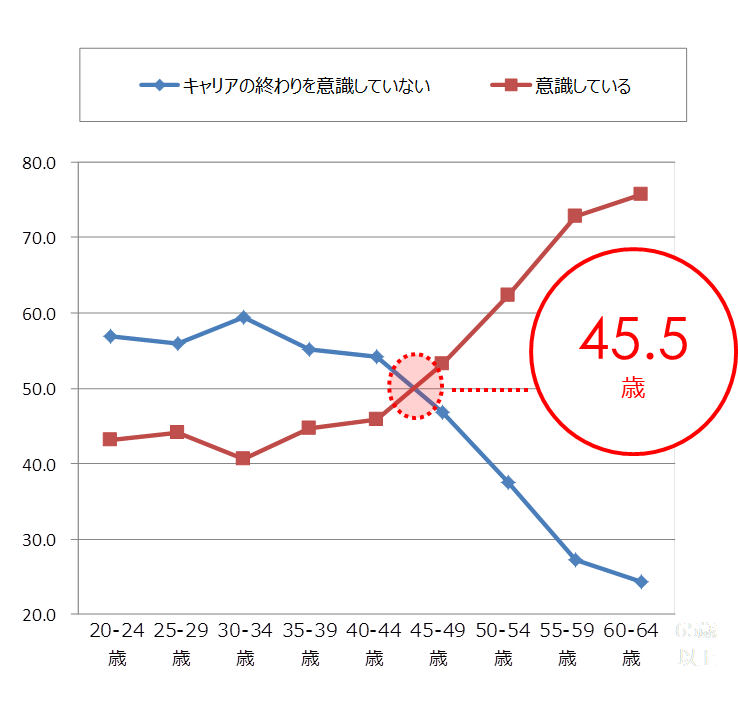
When do middle-aged and senior workers think their careers are over?
On the other hand, in recent years, as the population ages and the shortage of workers becomes more serious, people's working lives are continuing to grow longer. In 2013, the Act on Stabilization of Employment of Older Persons was revised, and recently, Lynda Gratton's book “LIFE SHIFT - A Strategy for the 100-Year Life” has become a bestseller, so it is expected that it will become more common in the future for people to continue working until they are 65 or even older.
As shown in Graph [4], even when looking at the desired retirement age of the people themselves, those in their 40s and above are all hoping to work until they are nearly 64 on average, and they are still planning to continue working for another 20 years or so. Even after middle-aged and senior workers start to think about the end of their careers in their mid-40s, the reality is that they will continue to work for quite a long time after that. Considering this background, the fact that middle-aged and senior workers start to feel that their growth is declining from around the age of 40 is a problem that has a significant impact on both the individual and the company in the medium to long term.
Graph [4] (%)
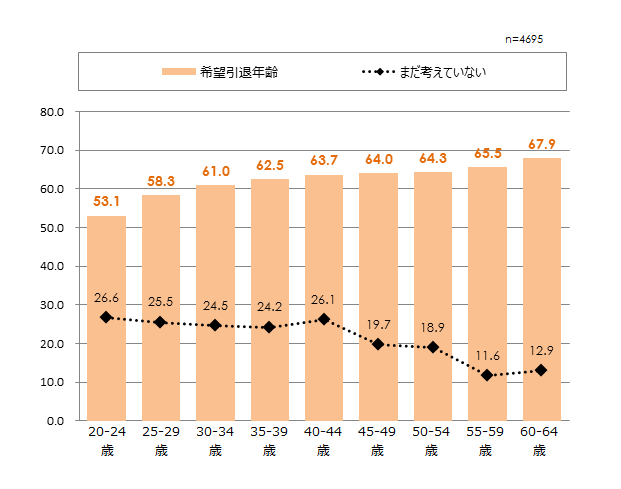
Factors that inhibit growth include a decline in physical strength, being too busy, and a loss of motivation
So what is the reason for the lack of growth among middle-aged and senior workers? Let's look for some clues in the data on the reasons for not being able to grow that we heard about in this survey. If we summarize the three points that can be seen from the data shown in Graph [5], we can point to “1. physical weakness, 2. busyness at work, and 3. loss of motivation” as factors that inhibit the growth of middle-aged and senior workers.
First of all, there is the issue of physical strength. Although we are living in an era where people are living to be 100 years old, it seems that confidence in one's physical strength does indeed decline with age, compared to when one was younger. In particular, the percentage of people who feel that their physical strength is declining increases sharply from their late 50s onwards. I'll skip the graph, but the percentage of people who say they have a serious chronic illness or are obese also starts to rise from their late 40s. This kind of health and fitness anxiety seems to have a big impact on their attitudes towards growth. The second point is that they are too busy at work to have any spare time. This answer was most common among those in their late 40s, and this also coincides with the group that actually works the most overtime. It is likely that they are too busy to reflect on their work, and are losing the opportunity to reflect on their work and realize their own growth. The third point is the loss of job satisfaction. Looking at the data, it is clear that people in their late 40s and late 50s in particular are finding it harder to feel a sense of purpose and meaning in their work. As we have seen in the graphs so far, the mid-40s is a time when career views and ambitions to move up the career ladder fluctuate greatly. Also, many people in their late 50s experience “post-off” (retirement from management and other positions) at this time. It seems that the wavering minds of middle-aged and senior workers, which fluctuate in units of several years, make it difficult for them to see the “meaning” in the work in front of them.
Graph [5] (%)
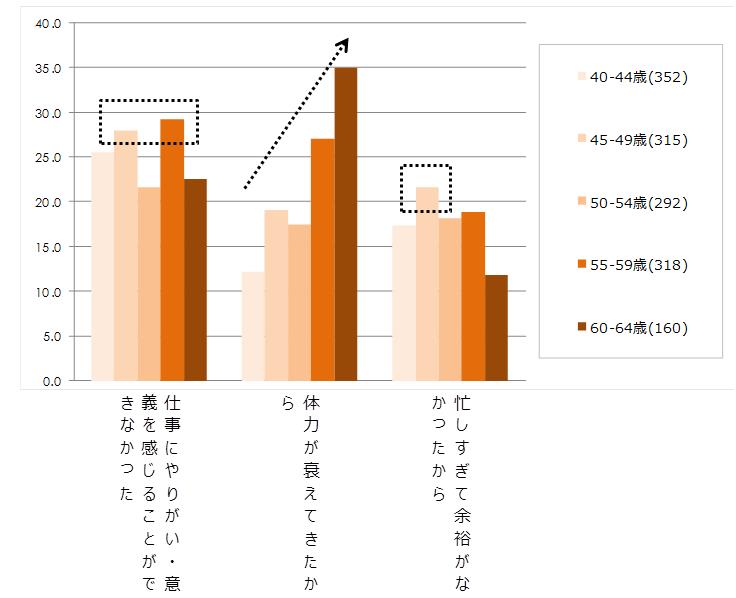
In conclusion
In this article, we have looked at the situation of middle-aged and senior workers in Japan, focusing on the issue of “growth” as revealed by the Survey of Growth. This issue of middle-aged and senior workers in Japan should be analyzed in more detail, taking into account the structural factors of Japanese-style employment. As a result of the skewed age structure of employees due to the declining birthrate and aging population, as well as economic fluctuations, many companies are currently struggling with the low motivation of middle-aged and senior workers and the ballooning personnel costs.
At Persol Research and Consulting, we are working on the “Project to Explore Breakthroughs from Middle-Aged Employees” with Professor Tsuneki Ishiyama of Hosei Graduate School, based on this awareness of the problem. We are also conducting our own in-depth research and analysis of issues such as the problem of “post-off” (mandatory retirement from a position of authority) and the issue of job satisfaction and meaning, which we have only touched on briefly here. The results of the first phase of the project were recently announced on the PJT special website [https://rc.persol-group.co.jp/mspjt_en/]. We plan to continue to delve into these issues through the publication of books and seminars. Further details will be announced on the Persol Research and Consulting website.
※Survey outline
Research organization: Persol Research and Consulting
Survey name: Working 10,000 People Growth Survey 2017
Survey targets: Employed men and women aged 15-69 nationwide
Number of targets: 10,000 (gender and age distribution follows the national census)
Survey period: March 2017
*Please clearly indicate the source when quoting.
Example of source citation: Persol Research and Consulting ”10,000 Working People's Growth Survey 2017”
関連コンテンツ
-

若手社員の成長志向が低下 成長とは何かが問われる時代へ
-

「静かな退職」に企業はどう向き合い、適応するか
-
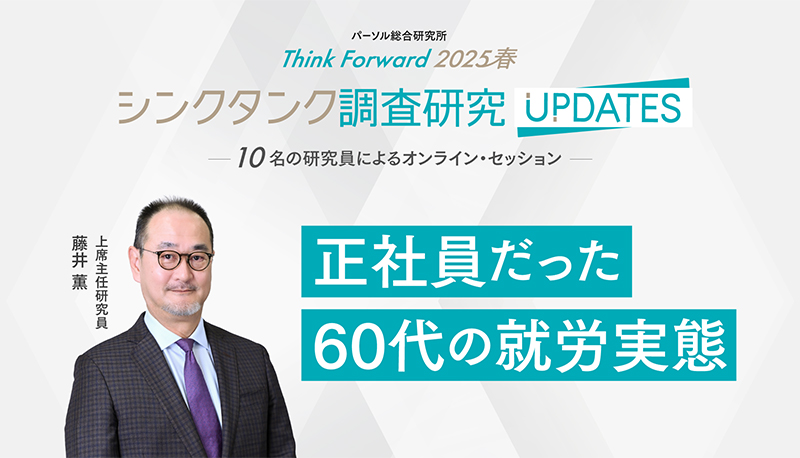
正社員だった60代の就労実態
-
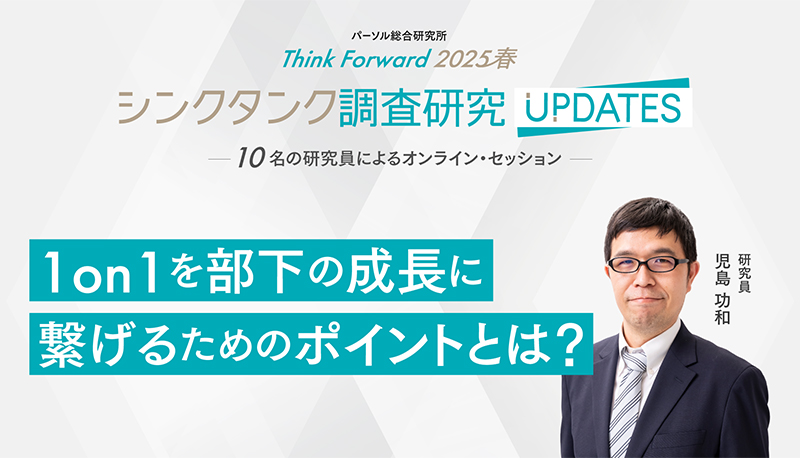
1on1を部下の成長に繋げるためのポイントとは?
-

子供を育てることは男女の働き方にいかなる影響を与えるのか
-

60代が就業継続を選ばなかった理由と企業の対応策とは
-

1on1で上司と部下に求められる行動とは何か
-

調査研究要覧2024年度版
-
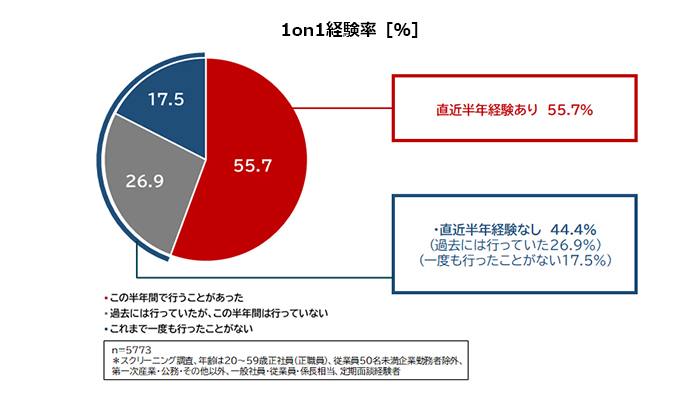
部下の成長支援を目的とした1on1ミーティングに関する定量調査
-
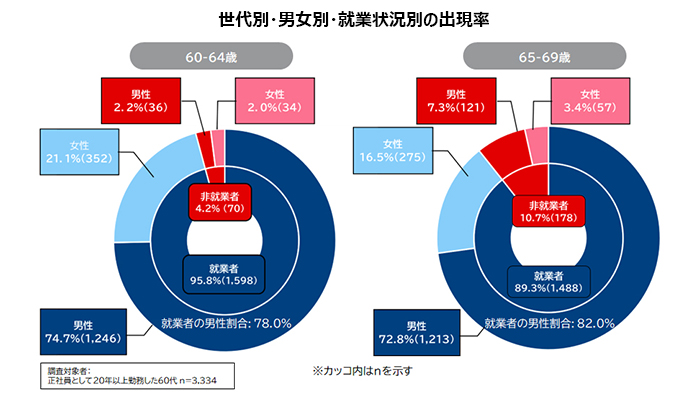
「正社員として20年以上勤務した60代」の就労実態調査
-

高齢者の就業意欲を削ぐ「在職老齢年金制度」 ~制度見直しで労働力増加は見込まれるか~
-

65歳以上の継続雇用に企業が慎重なのはなぜか ー働き続けたいシニア人材活躍のヒント
-

早期リタイアを希望する20~30代の若手男性が増えているのはなぜか
-

データから見る対話の「効果」とは
-

職場で「本音で話せる」関係はいかに実現可能か
-

「本音で話さない」職場はなぜできるのか
-
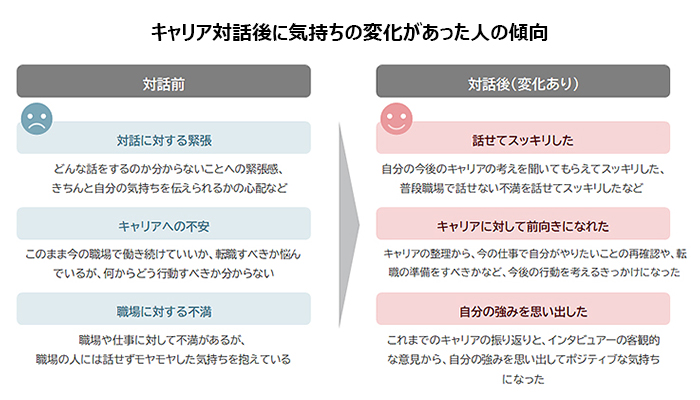
キャリア対話に関する定性調査
-
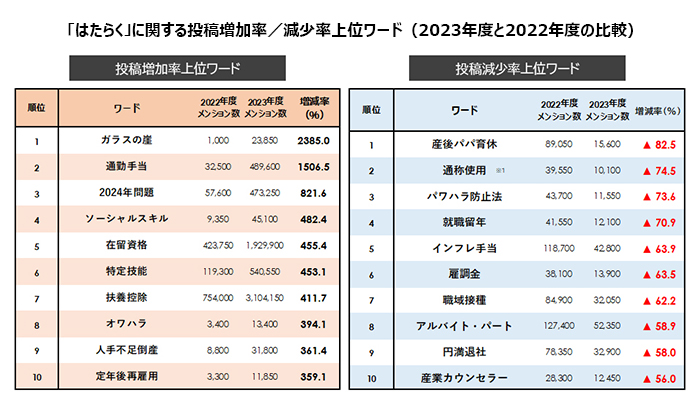
はたらくソーシャル・リスニング/24年4月
-
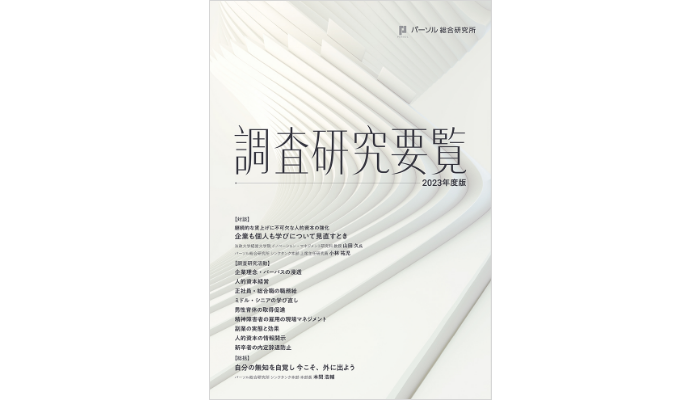
調査研究要覧2023年度版
-
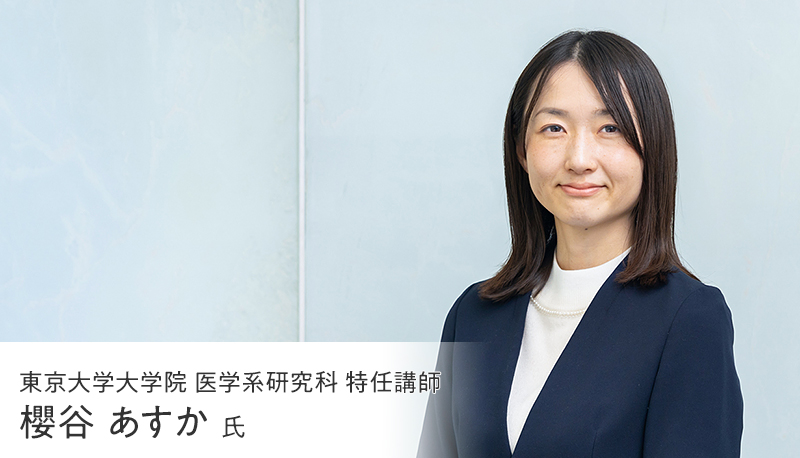
仕事をもっと楽しく──ジョブ・クラフティングでより前向きに、やりがいを感じて働く人を増やしたい
-

ミドル・シニア就業者の趣味の学習実態と学び直しへの活用法
-

How an organizational culture in which adults continue to learn (learning culture) should be fostered: Based on a fact-finding survey on relearning targeting middle-aged and senior workers
-

大人が学び続ける組織文化(ラーニング・カルチャー)をいかに醸成するか ~ミドル・シニア就業者の学び直しの実態調査より~
-
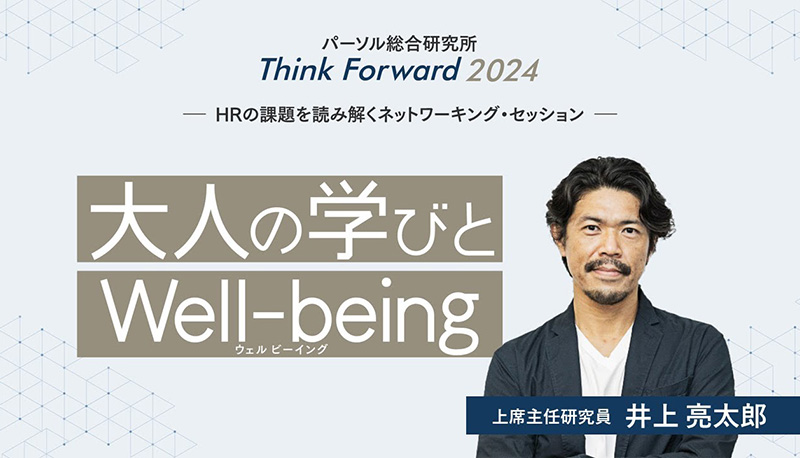
大人の学びとWell-being(ウェルビーイング)
-
![ミドル・シニアの学びと職業生活についての定量調査[PART2 趣味の学習の実態・効果]](/thinktank/assets/idx_middle-senior-learning2_065.jpg)
ミドル・シニアの学びと職業生活についての定量調査[PART2 趣味の学習の実態・効果]
-

ハタチからの「学びと幸せ」探究ラボ
-

「社会への志向性」はどう育つのか ソーシャル・エンゲージメントの上昇要因を探る
-

「キラキラした若者」はなぜ会社を辞めるのか ソーシャル・エンゲージメントの視点から
-

「社会」へのエンゲージメントが仕事で活躍し幸せを感じることに導く――ソーシャル・エンゲージメントとは何か
-

Changes in senior workers as tracked by surveys over time
-

経年調査から見る働くシニア就業者の変化
-
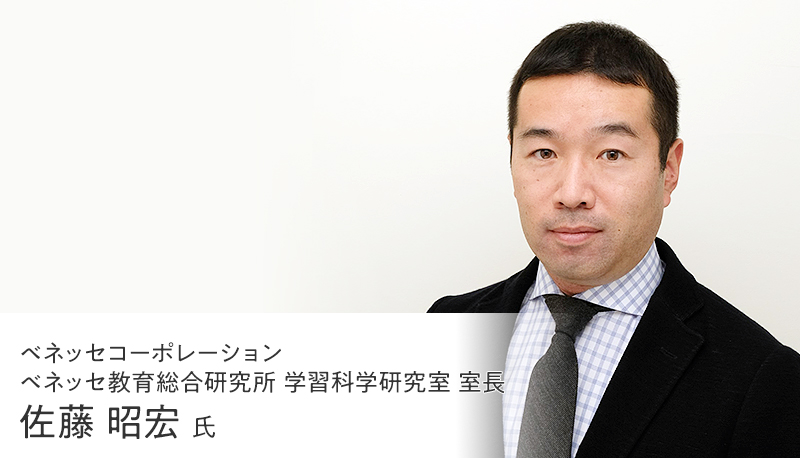
仕事で幸せを感じ活躍する若手社会人の学び特性と学生時代の学習・経験の関連 ―専門学校を経由した社会への移行に着目して―
-
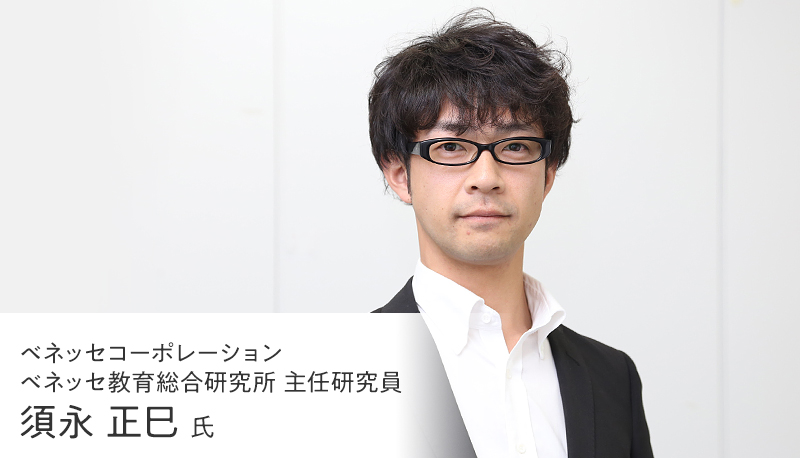
学生時代のどのような学び経験が仕事で幸せを感じ活躍することにつながるのか
-
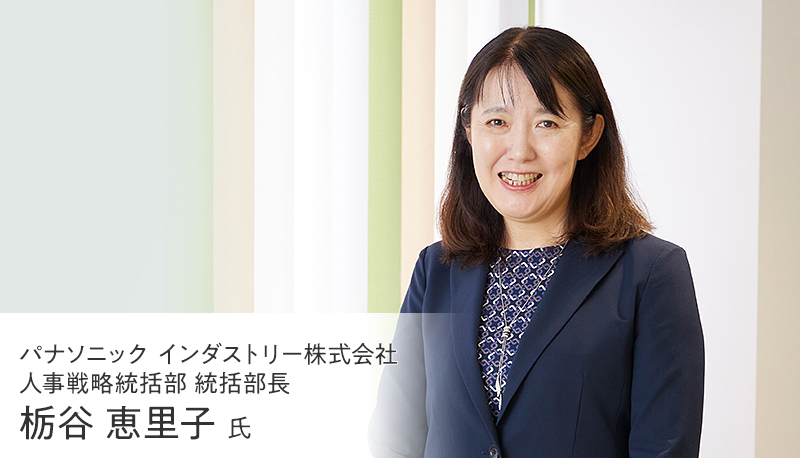
《ポテンシャルの解放》個人の挑戦を称賛する文化が時代に先駆けた変化を生み出す
-
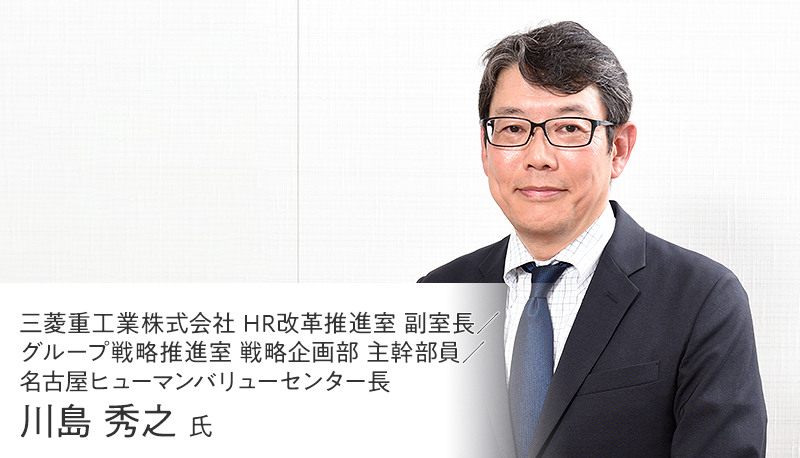
《適時・適所・適材》従業員が最も力を発揮できるポジションとタイミングを提供
-

社会人になってからのどのような経験が仕事で幸せを感じて活躍することにつながるのか
-

仕事で幸せを感じ活躍している若手社会人に見られる「5つの学び方」とは
-
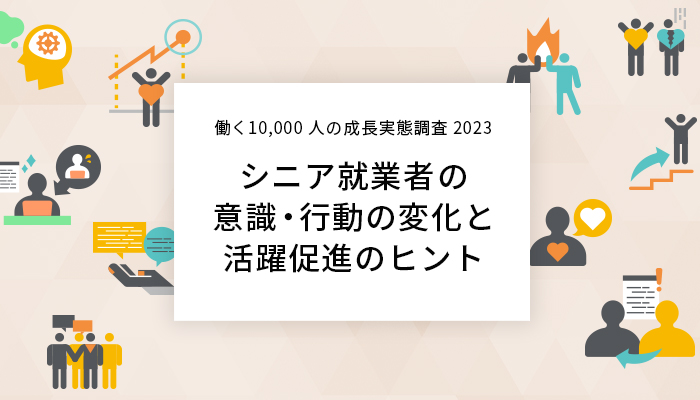
シニア就業者の意識・行動の変化と活躍促進のヒント
-
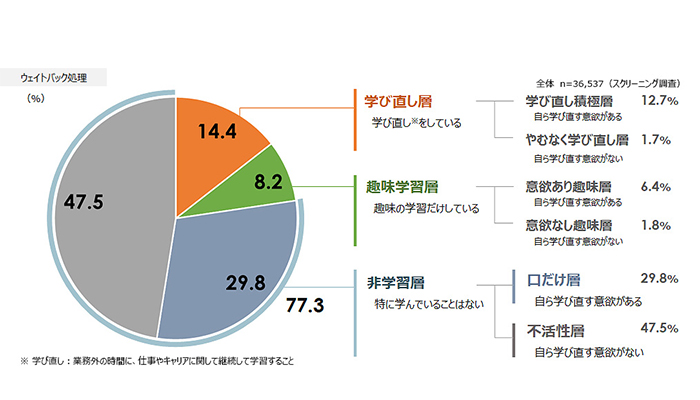
ミドル・シニアの学びと職業生活に関する定量調査
-
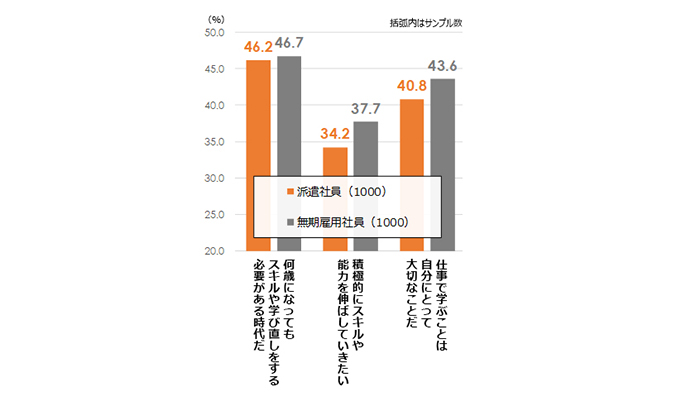
派遣社員のリスキリングに関する定量調査
-

人事部非管理職のキャリア意識の現在地
-
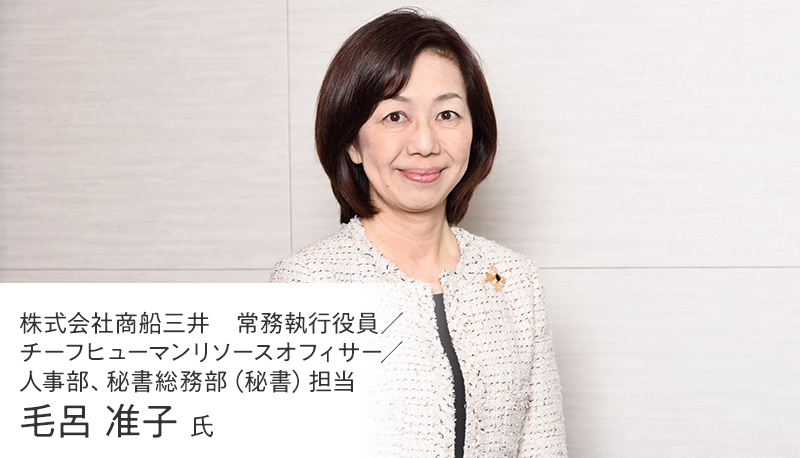
多様性の推進と成長の加速に必要なのは、自己認識と自律的なキャリアの歩み
-
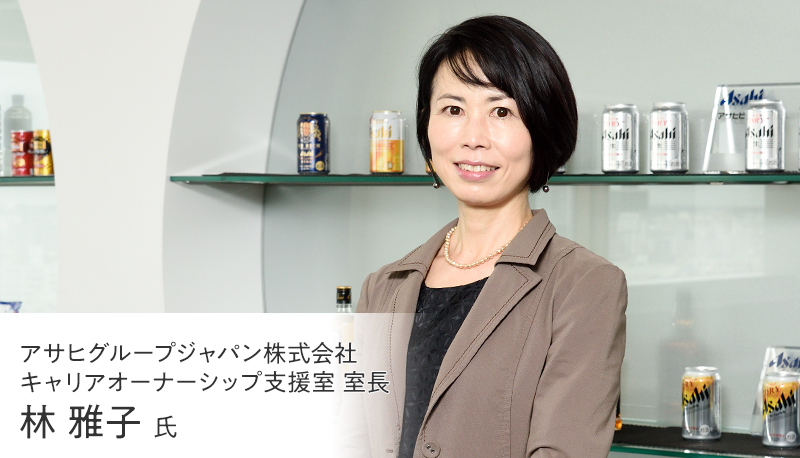
人生100年時代に必要なのは、自分の軸を持ちキャリアを構築する「キャリアオーナーシップ」
-
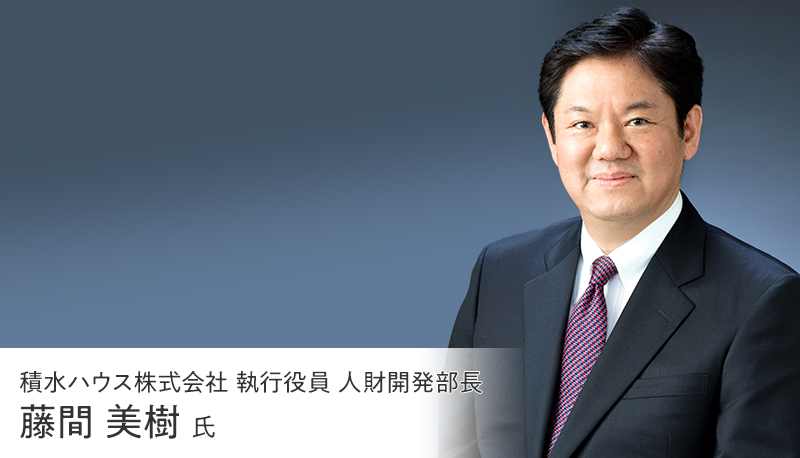
人的資本と同時に《組織文化資本》が重要に。挑戦と失敗を受け入れる組織文化が自律型人財を育てる
-

自律性、主体性が求められる時代、人事施策成功のカギは《個の覚醒》にあり
-
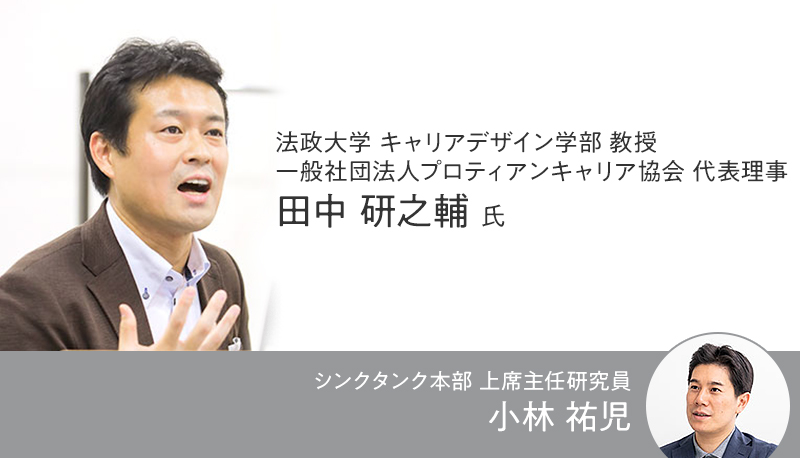
人事は、いかにミドル・シニアを活性化させていくべきか 待ったなしの今、取り組みへのポイントは?
-
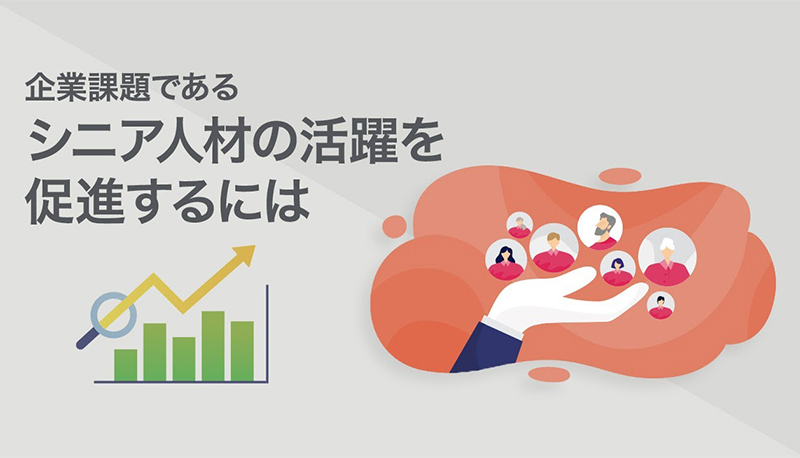
企業課題であるシニア人材の活躍を促進するには
-

What constitutes an approach to human resources management that promotes reskilling for workers?
-

従業員のリスキリングを促進する人材マネジメントとは
-

従業員のリスキリングを支える「3つの学び」とは
-
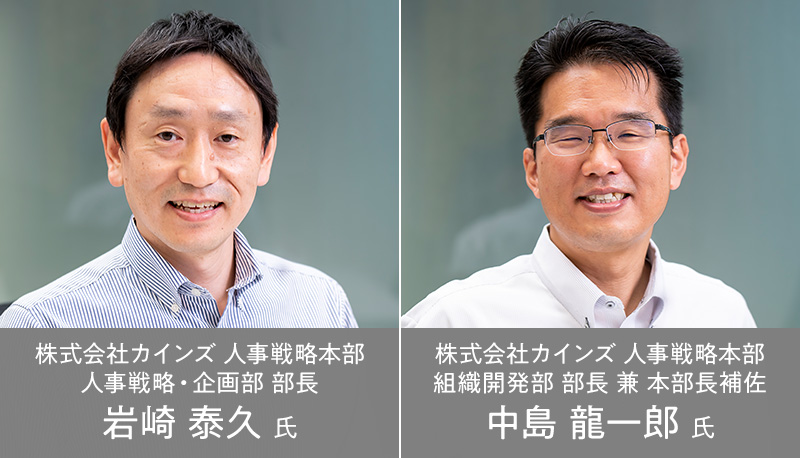
個に寄り添い、個を輝かせる。カインズのキャリア自律支援
-

「キャリア自律」促進は、従業員の離職につながるのか?
-

「キャリア自律推進」の背景とその落とし穴 啓発発想からビオトープ発想へ
-

特別号 HITO REPORT vol.11『「シニア人材」活性化のカギ ~70歳就業時代に向けた高齢者雇用の在り方を探る~』
-

Change in the growth orientation of employees in their forties What is needed to allow middle-aged workers in their forties to continue to experience growth at work?
-

40代社員の成長志向に変化 40代ミドル層が仕事で成長を実感し続けるには?
-
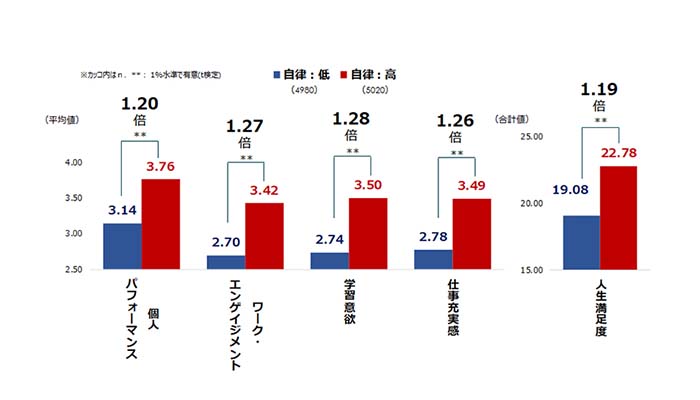
従業員のキャリア自律に関する定量調査
-

Performance and rehiring of senior employees What does human resources management supporting the performance and motivation of senior workers look like?
-

シニア社員の活躍と再雇用課題 シニア人材のパフォーマンス・モチベーションを支える人事管理とは?
-
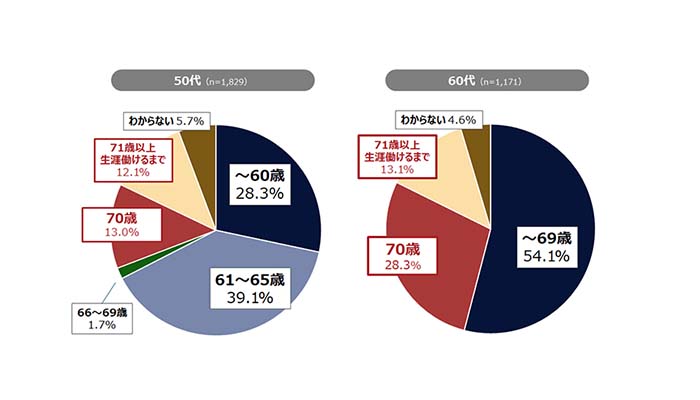
シニア従業員とその同僚の就労意識に関する定量調査
-

ジョブ型人事が加速させるキャリアデベロップメントプラン
-
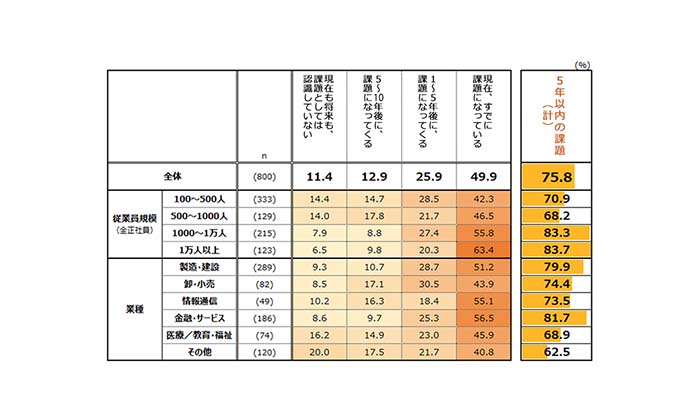
企業のシニア人材マネジメントに関する実態調査(2020)
-
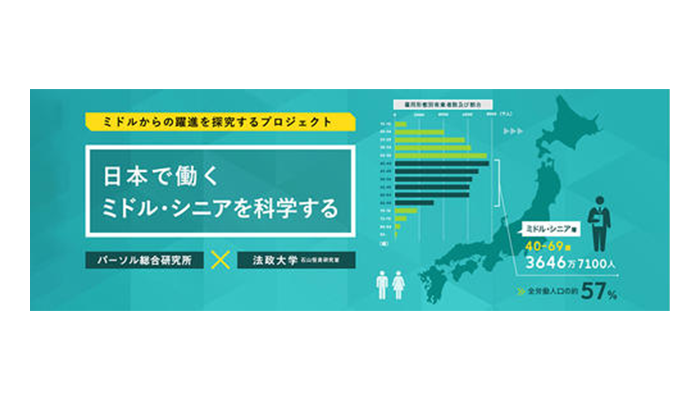
日本で働くミドル・シニアを科学する
-

数年後に迫った大量定年予備軍とどう向き合う?「定年後再雇用」における躍進を見据えた備えと支え
-

役職定年制度の運用実態とその功罪~働く意欲を減退させる「負の効果」を躍進に変える鍵とは~
-

ミドル・シニア層の約4割を占める「伸び悩みタイプ」とは? 50代前半に多い躍進停滞層の特徴
-

躍進するミドル・シニアに共通する5つの行動特性
-

「働かないオジサン」は本当か?データで見る、ミドル・シニアの躍進の実態
-
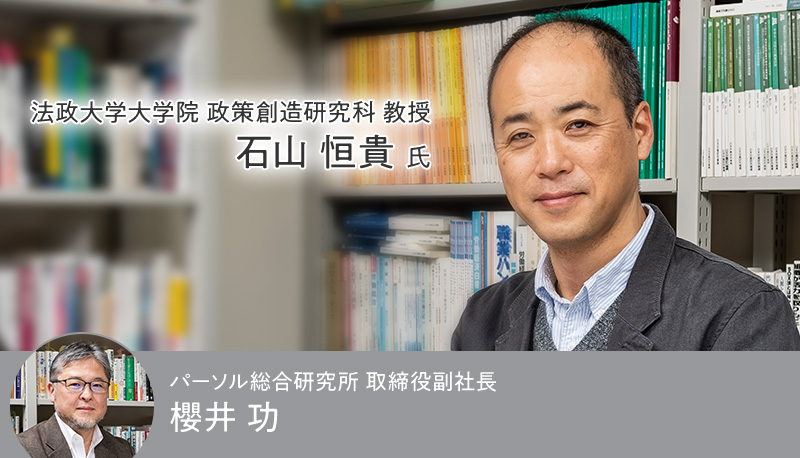
キャリア自律が生み出す社員の成長と組織への恩恵 副業・兼業解禁は企業と個人に何をもたらすのか
-

Labor shortage of 6.44 million workers: four proposed solutions (labor market projections for 2030)
-

644万人の人手不足~4つの解決策の提言~(労働市場の未来推計2030)
-
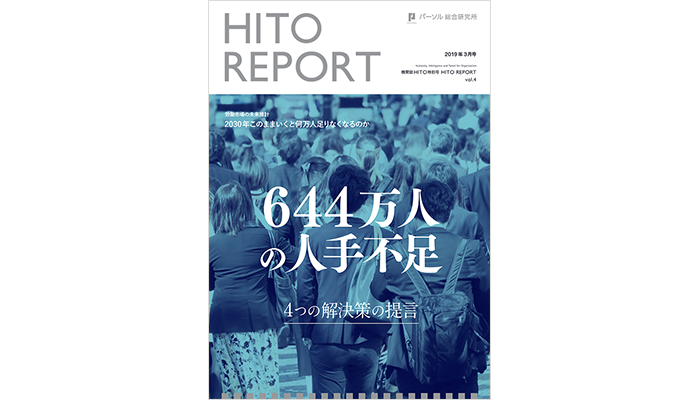
特別号 HITO REPORT vol.4『労働市場の未来推計2030 ~644万人の人手不足~』
-

【42.5歳の壁】仕事ができる人ほど危険な"キャリアの罠"
-
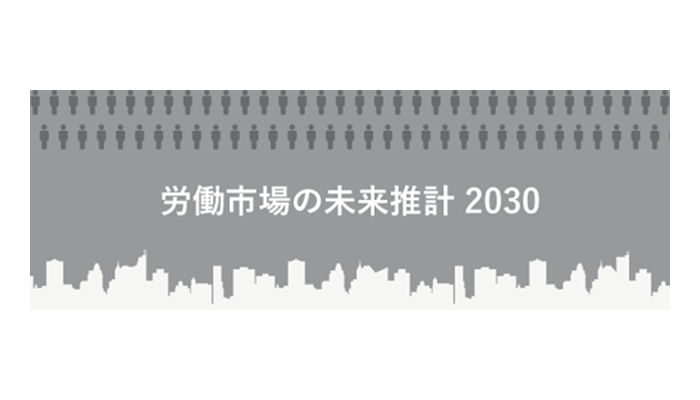
労働市場の未来推計 2030
-

リカレント教育はイノベーション欠乏症の処方箋たりうるか まずは「社会人の学び」のアップデートから
-

50代からではもう遅い?40代から始めるキャリア支援のススメミドル・シニア躍進のために企業が取り組むべきこと
-

40~60代のミドル・シニアを部下に持つ年下上司に求められる『年齢逆転マネジメント』のヒント いずれ来たる「上司は年下に、部下は年上になる日」にむけて
-

「日本人は勤勉」説は本当か──二宮尊徳と勤勉革命の歴史
-

労働市場の今とこれから 第8回 生産性向上の鍵を握るミドル・シニアの躍進
-

HITO vol.12『ミドル・シニア社員の新時代 ~躍進のために個人と会社がすべきこと~』
-

転職で成長できるのは「2回」まで?転職は人を成長させるのか
-

キャリアの曲がり角は42.5歳ミドル・シニア正社員と成長の関係
-

成長実感の高い職種ランキング BEST10 職種別成長実態
-

成長「無関心」タイプが32.4%。2極化する成長意識 日本人の5つの成長タイプ
-

成長「実感」の効果は、「目指す」ことのおよそ3倍 成長実感と志向の効果比較
-

アルバイト職場のシニア人材活用をどう進めるか〈定着編〉
-

アルバイト職場のシニア人材活用をどう進めるか〈採用編〉
-

岐路に立つ「正社員」
-

非正規社員の無期転換のために必要な支援とは?
-

仕事を作れる社員に ~入社3年間でスキル強化~
-

下積み期間が重要 ~段階踏まえて仕事を熟達~
-

問題発見能力が重要 ~自ら考え行動する習慣を~

